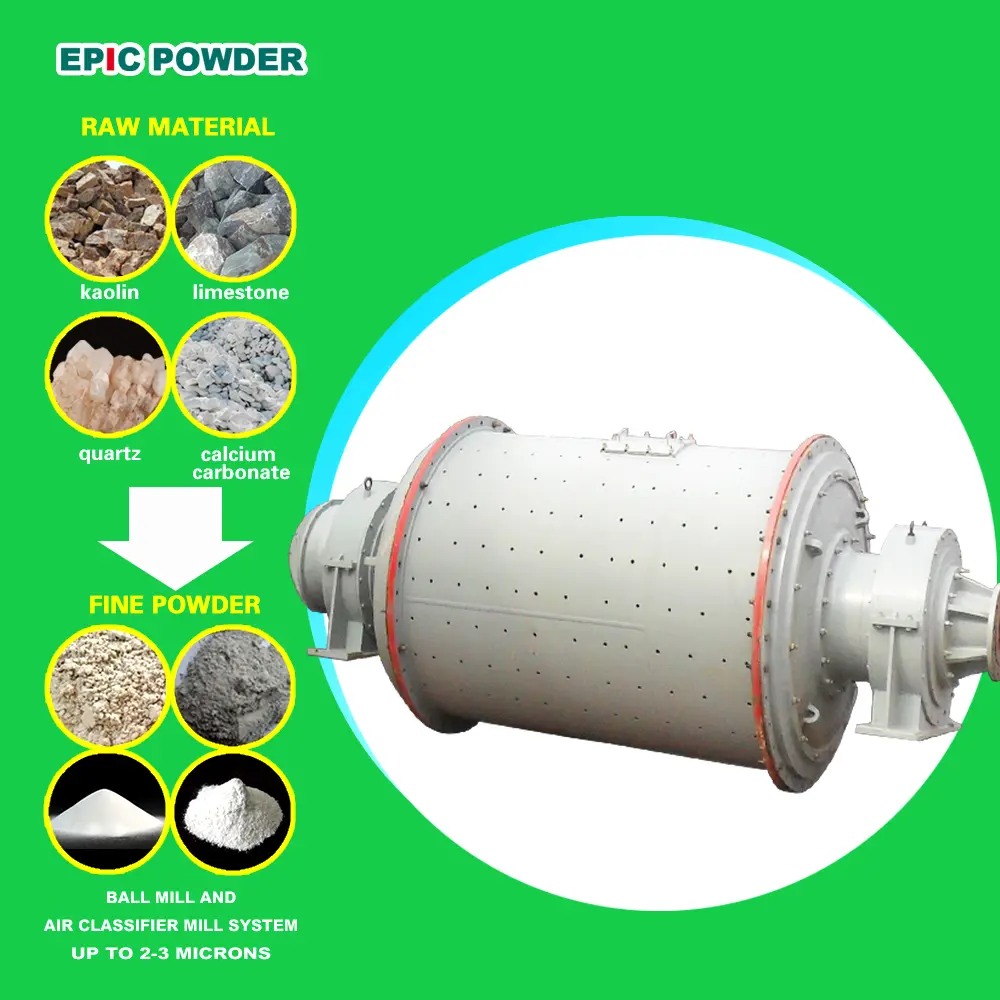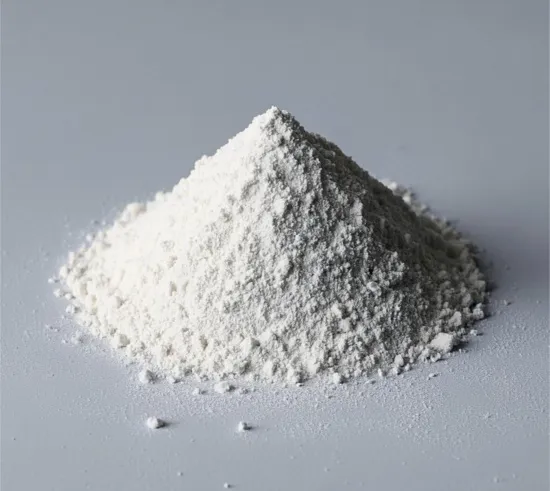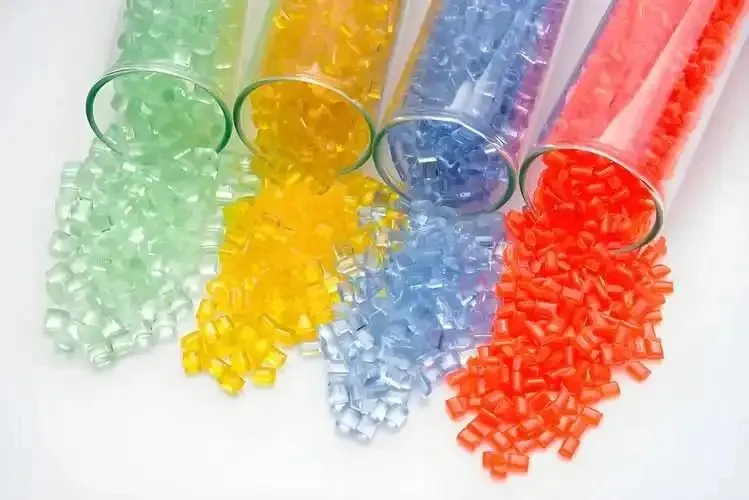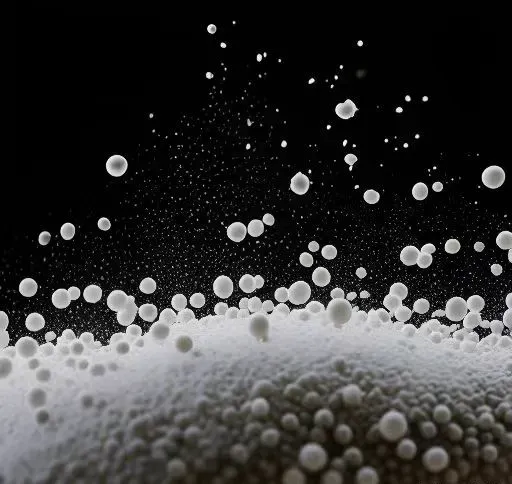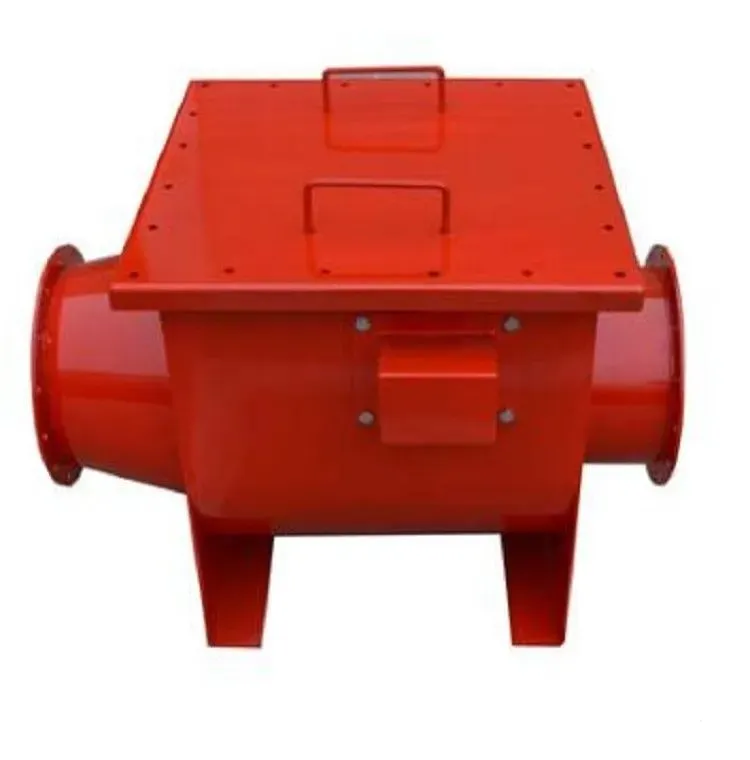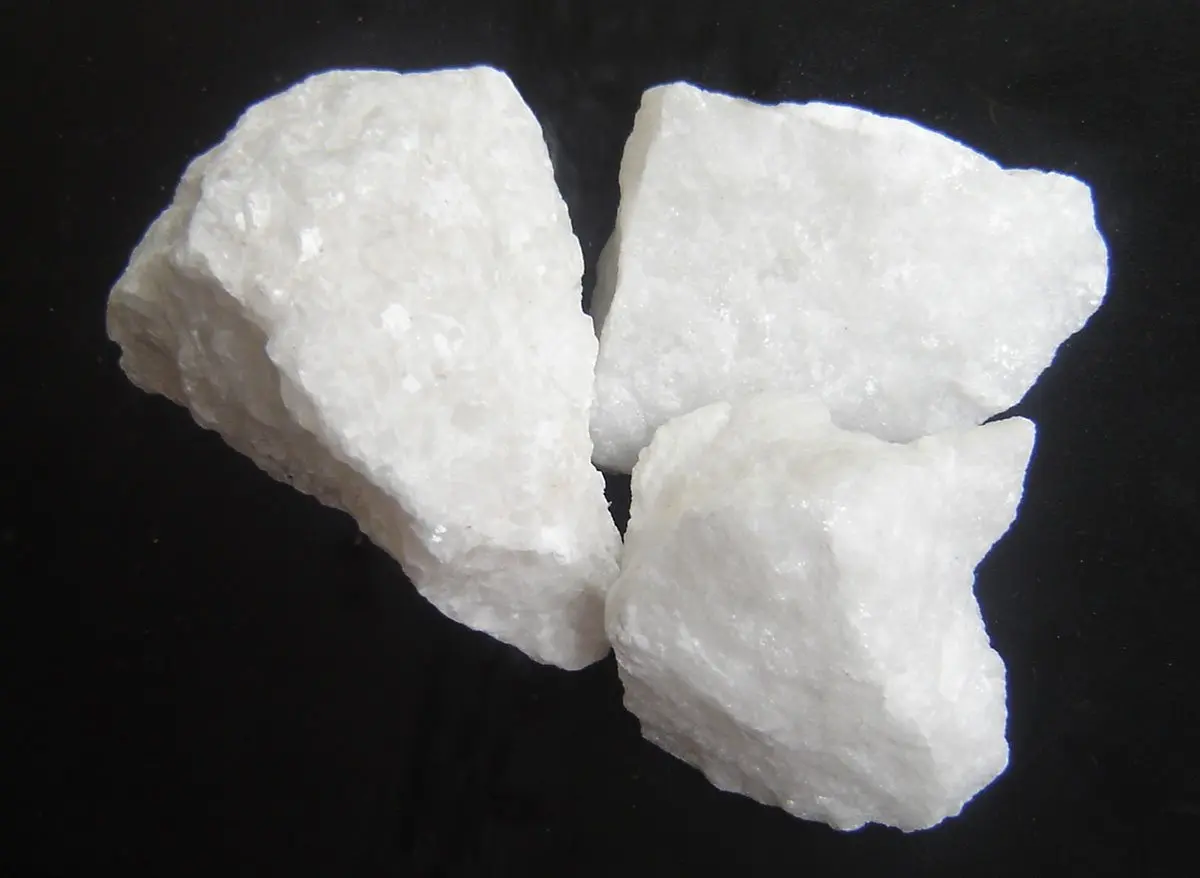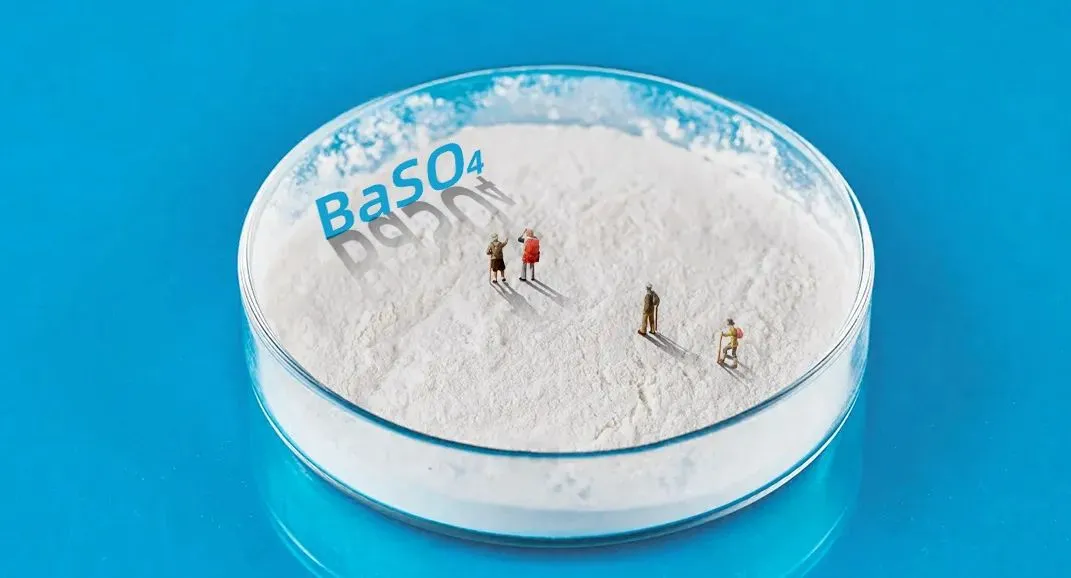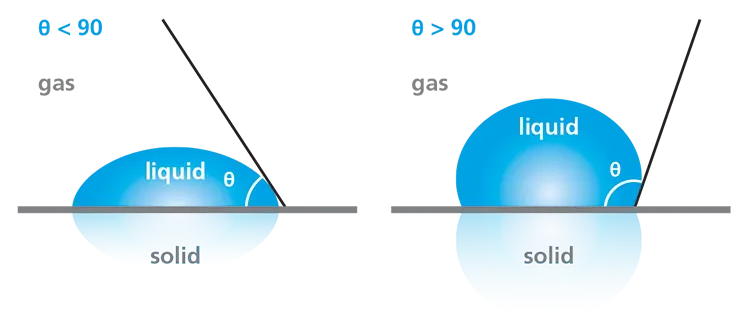As a high-quality white pigment used in coatings, the whiteness of titanium dioxide is one of the key indicators of its quality. Dry powder whiteness of titanium dioxide directly impacts the product’s appearance and market competitiveness in many industrial fields. For example, coatings, plastics, papermaking, and inks.
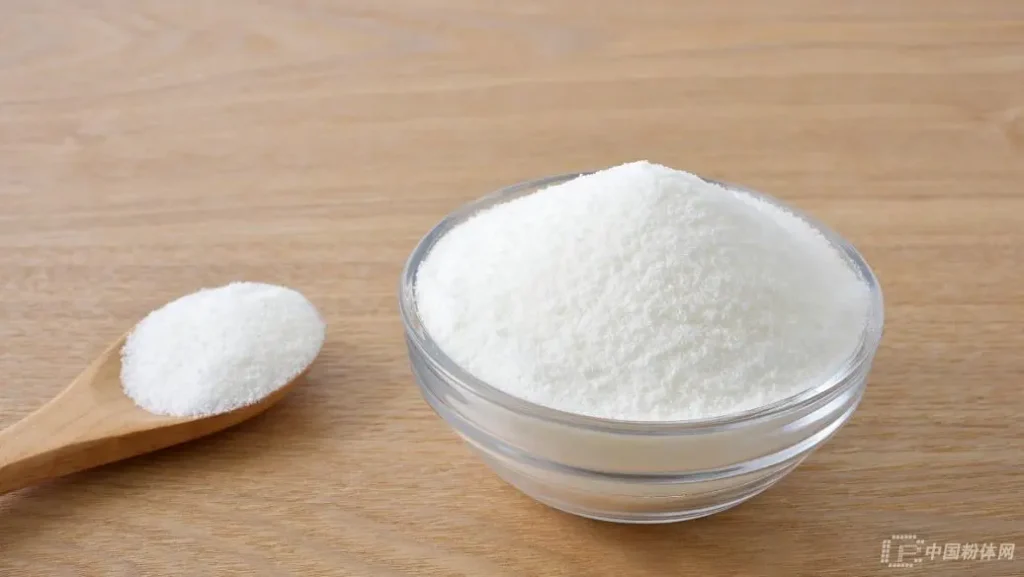
Definition of the Whiteness of Titanium Dioxide Dry Powder
The whiteness of titanium dioxide dry powder refers to the reflective whiteness formed on the surface of the powder. This is after it undergoes specific treatment. This whiteness is then measured using a whiteness meter or spectrophotometer. Whiteness is a concept that encompasses both hue and brightness, reflecting an object’s ability to reflect and scatter light. Due to its unique physical and chemical properties, titanium dioxide reflects various visible light wavelengths uniformly, resulting in its high degree of whiteness.
Methods for Determining the Whiteness of Titanium Dioxide Dry Powder
There are two primary methods for determining the whiteness of titanium dioxide dry powder: the dry method and the wet method. The dry method involves pressing the titanium dioxide powder into a mirror-like cake and then measuring its reflectiveness with a whiteness meter or spectrophotometer. The wet method disperses the titanium dioxide in an appropriate solvent to form a slurry of a certain concentration, followed by a whiteness measurement. In practice, both methods are often used together to obtain more accurate results.
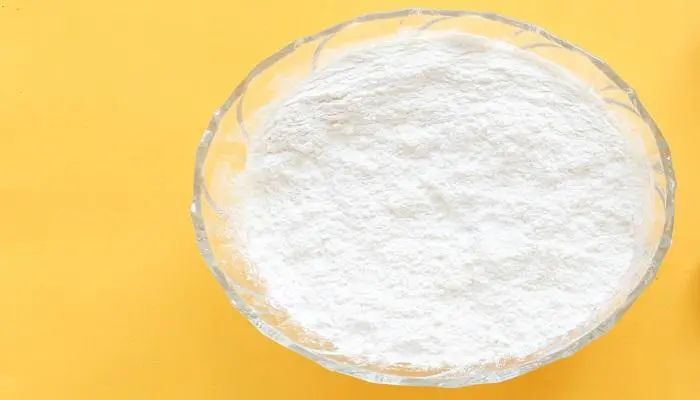
Dry Determination Steps
1 Prepare the Sample: Ensure that the surface of the titanium dioxide sample is smooth, dry, and free from any noticeable contamination or defects.
2 Tablet Pressing Process: Use a tablet press to form the titanium dioxide sample into a mirror-like powder cake.
3 Instrument Settings: Adjust the whiteness meter or spectrophotometer to the appropriate measurement conditions, including the geometry of the light source and the viewing angle.
4 Calibrate the Instrument: Calibrate the device to ensure the accuracy and consistency of the measurement results.
5 Sample Measurement: Place the pressed powder cake in the instrument to measure its reflectance and brightness.
6 Result Analysis: Calculate the whiteness value of the titanium dioxide based on the measurement data and analyze the results.
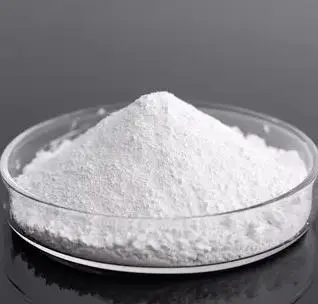
Main Factors Affecting the Whiteness of Titanium Dioxide Dry Powder
Impurities: Impurities are one of the key factors that affect the whiteness of titanium dioxide, particularly for rutile titanium dioxide, which is highly sensitive to impurities. Even trace amounts of contaminants, such as iron, manganese, chromium, copper, and other non-ferrous metal oxides, can have a noticeable impact on its whiteness. Among these, iron content is particularly critical— as the iron content increases, the whiteness decreases significantly. Therefore, in the production of titanium dioxide, especially via the sulfuric acid process, many operations focus on removing impurities from the product to improve its whiteness.
Particle Size and Particle Size Distribution
Particle size and its distribution are also key factors that influence the whiteness of titanium dioxide. Smaller titanium dioxide particles have a larger surface area, which enhances their ability to reflect and scatter light, thereby increasing the whiteness value. According to relevant tests, samples with a SEM particle size of 220–240 nm, and a ratio of particles in the 150–350 nm range greater than 75%, tend to exhibit better whiteness. Therefore, during production, controlling the particle size and its distribution is crucial for optimizing the whiteness of titanium dioxide.
Particle Shape
Particle shape refers to the form in which titanium dioxide particles exist, typically categorized as spherical, rod-shaped, or layered. Spherical particles are ideal as they provide the largest surface area and the best reflection and scattering of light, which enhances whiteness. However, due to factors such as coatings or gas-phase powders during production, rod-shaped or layered particles may also form. Although these shapes have relatively little effect on whiteness, they should still be considered in certain applications.
Titanium Content
Titanium content refers to the total amount of titanium dioxide present in the sample. For pigment-grade titanium dioxide, the content typically exceeds 90%, ranging between 92% and 98%. The remaining substances are primarily coating agents and trace impurities. As the titanium dioxide content increases, so does the whiteness value. Therefore, increasing titanium content is an effective way to improve the whiteness of titanium dioxide.
Production Additives
The additives used during production, such as filter aids and lubricants, can also impact the whiteness of titanium dioxide. Some additives may contain long-chain organic compounds that can carbonize at high temperatures, causing the titanium dioxide to appear dull or even reddish-brown. Therefore, careful selection of additives is necessary to minimize their effect on whiteness.
Conclusion
The whiteness of titanium dioxide dry powder is an important indicator of its quality. It’s influenced by various factors such as impurities, particle size and distribution, particle shape, titanium content, and production additives. The whiteness of titanium dioxide can be effectively enhanced to meet market demands through many ways. These include optimizing production processes, controlling impurity levels, adjusting particle size and distribution, and selecting suitable additives.

